Every time I taste a wine from Fort Berens I’m impressed. While it may well be the wine itself that makes its mark (their 2012 was a pop-out BC Lieutenant Governor’s Award winner), it’s also the overall story that grabs me.
I’ve been watching the growth of BC’s “borderline” regions with interest. I don’t fault anybody who’s surprised by the fact that one of the province’s most successful new wineries is in Lillooet, of all places.
However, there are good reasons for Fort Berens’ ascendance. First of all, Lillooet has as many degree growing days as the south Okanagan. It’s also renowned as one of two places in Canada (along with nearby Lytton) that consistently rates as one of the hottest places in the country—although that may well become outdated with the onset of climate change.
Extreme heat is not a good thing for vines, which shut down as the thermometer climbs into the high 30s (Celsius). However, the Fort Berens vineyard is on the shores of the Fraser River. It helps moderate as well as providing good diurnals—the difference between daytime highs and overnight lows, a key to driving acidity.
Fort Berens via Duffey Lake
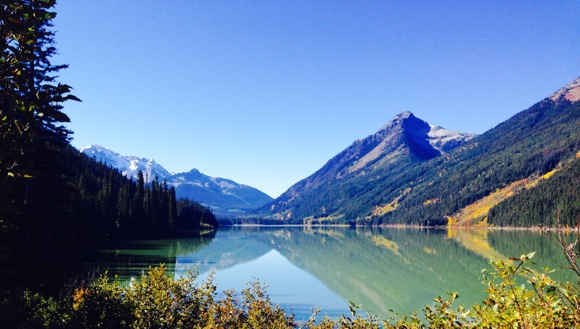
Looking west on Duffey Lake, from the Duffey Lake Road—an easy, warm weather route from Whistler to Fort Berens and the interior—sports no shortage of stunning scenery
I was traveling last year when this boundary-pushing winery unveiled its tasting room; and missed the grand opening. However, last week’s circle tour to Kamloops and the Okanagan included a swing through Lillooet—and confirmed what I already suspected: that Fort Berens co-owners Rolf de Bruin and Heleen Pannekoek got it right. Again.
Heleen told me—perhaps a bit to their surprise—that Fort Berens has become a popular day trip from Whistler. The drive through the breathtaking scenery of the Coast Mountains, along the Duffey Lake Road, takes about a couple of hours, with a few inevitable stops for photos. The vistas of lakes and peaks are truly spectacular—and the now fully paved, well marked road a far cry from when I first took it a few decades ago.
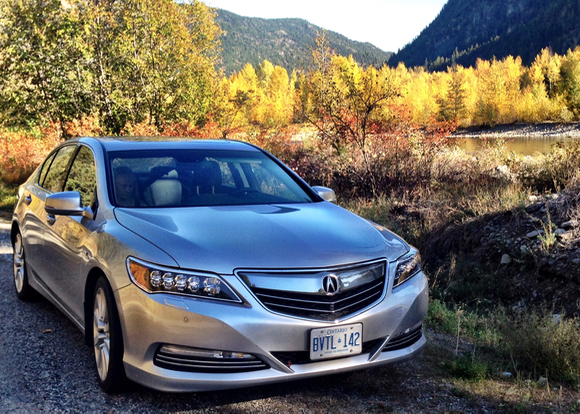
Acura’s full sized, luxurious but surprisingly nimble RLX Hybrid makes short work of mountain passes
Even better, we powered through silently and sustainably (and, as it turned out, economically) in the luxurious Acura RLX Sport Hybrid, loaned to me for this trip. (More to come shortly on my first hybrid driving experience …)
When I first came to the BC coast, I used to travel this route quite often. In those days it was most definitely a logging road. It enjoyed a certain notoriety, not only for a (short) section of hairpins and precipitous drop offs but also for its numerous bridges. Most of these were a couple of timbers laid across the creek, with a big gap in the middle. You made sure your wheels were lined up just right before heading across …
Fort Berens: a leap forward for Lillooet
Fort Berens enjoys a commanding position overlooking the Fraser. Its smart, new, glass-wrapped tasting room yields sweeping views of the riverside vineyards, the town of Lillooet and its mountain backdrop. We arrived to discover a hive of activity. Harvest had been in full swing—early, as it has been everywhere—and, by coincidence—the mobile bottling truck was on site.
It’s impossible to over-emphasize the significance of Fort Berens and the leap of faith it entailed. Of particular note is the high degree of estate fruit already in use—in the region of 80 percent. That sends a clear signal as to the true potential for planting (in the right sites) on some of the Fraser River benches. In a few years, Fort Berens could well have become the anchor of an entirely new wine region.
The winery is very focused on the validity and uniqueness of terroir. It’s that commitment that has propelled their estate vision in such a relatively short time.
The new tasting room (which sits above the winery and cellar) makes the most of its surroundings. It’s clean and uncluttered, with a sizeable patio outside, where you can enjoy some serious local fare: The Ponderosa Kitchen, in the hands of keen locavore, executive chef Dylan Foss, is a big part of the appeal.
Even though daily service has wound down for the season, brunch-style weekend service continues through October.
You can also catch Fort Berens at Whistler’s Cornucopia (Nov 5-15, whistlercornucopia.com) where the winery’s Pinot Noir 2013 was judged among this fall’s Cornucopia’s Top 25 wines.
The other good news about Fort Berens and Lillooet is that, once there, it’s only a short hop over to Kamloops—BC’s newest wine region—and the Kamloops Wine Trail, with a crop of new wineries.
A few wine picks…
Fort Berens Riesling 2013 (Estate)
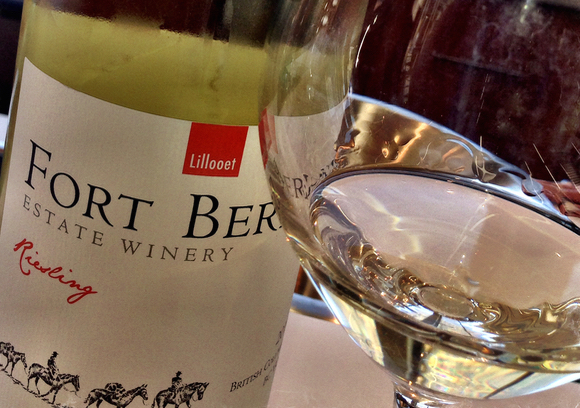
Here’s the successor to the ground breaking 2012 Riesling that picked up a BC Lieutenant Governor’s Award. In doing so it really helped put Fort Berens on the map.fruits on top with tropical, green apple and distinctly mineral notes on the palate. Think lightly spiced Asian plates. 90 pts. (2014 review coming soon.)
Fort Berens Pinot Noir 2013 (Estate)
Lifted red berries on the nose, followed by light to medium bodied palate with strawberry and cherry notes with earthy undertones and a definite savoury element. Match with mild cheeses and cold cuts, or Sockeye / Coho salmon. $24.99 91 pts.
Fort Berens 23 Camels Red 2013
The inspiration for the name (and graphic now used across the range) comes from the time when camels were introduced as pack animals during the gold rush. The only trouble was their temperament (not good): they spooked the mules. Not a good thing when you’re on something barely wider than a goat trail in the Fraser Canyon … This blend of 55/45 Cab. Franc / Merlot (Okanagan) yields good value, with an easy, approachable style, fresh red berry notes, a touch of vanilla with soft tannins and well managed oak. $18.99 89 pts. Perfect for pizza or lighter stews.
Fort Berens Cabernet Franc 2013
(70% Estate grown) Floral and spicy notes on top, followed by a rich, rounded palate with juicy acidity, earthy notes, well balanced fruit and oak and a lengthy finish. $24.99, 91 pts
(More reviews to come shortly, from the current vintage.)
Read more about Fort Berens’ vision and progress
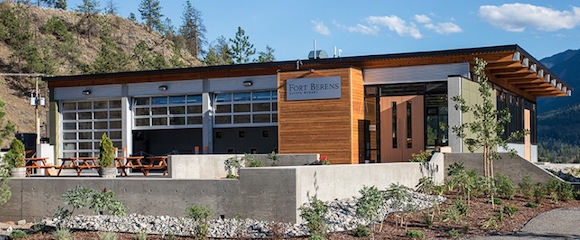
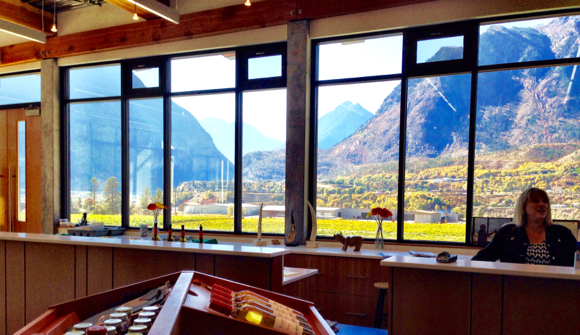
Just a correction for you; that “looking down Seton Lake” shot isn’t Seton Lake, it’s Duffey Lake…..
Yup, Thanks, Mike, I changed it in error! I will fix that. Thanks for reading. T